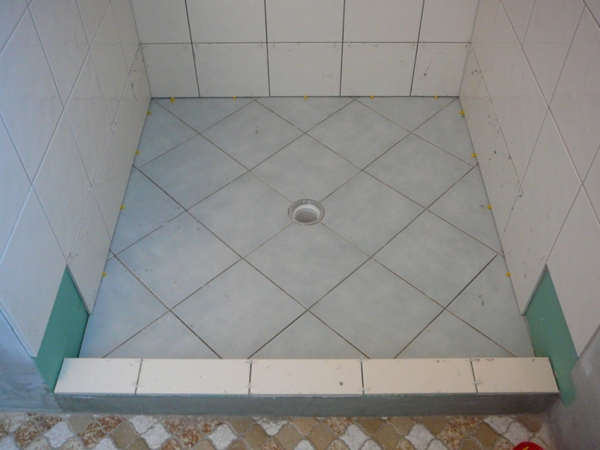Installation of tile to an exterior project can be daunting. Trying to find simplistic solutions to help any Do It Yourself (DIY) tiler is important. Take a little time to overlook the entire job from beginning to end. This will give anyone an idea of what is totally involved not just with cost but with labor, time etc. Here are a few steps which may help or at best, put the job in the right direction.
The first part to installation is to build a solid patio to bond the tiles to. This can be a cement slab which is already in place or making one from scratch. The biggest issue with installing a new slab is allowing it to cure correctly. Often DIY tilers are in a hurry to finish a job and do not allow the cement to stand for the 5 to 7 days needed. To find out more on this take a look in for a Denver Tile Outlet or any other local outlet for friendly help and advice.
If the tiles are being laid down on an existing slab be sure it’s free of any cracks or noted damage. Be sure there are no bumps, uneven areas, dips etc. to the slab as this will cause problems to the new tiles. If cracks exist use concrete filler which comes in epoxy, vinyl or latex. If the crack is larger it’s best to fully repair them with cement mixed in a bucket. No matter the choice, be sure to let the repair set and dry to determine if there is any sagging or issues in general. After the work has dried apply a polyurethane sealer to protect the slab from moisture.

Cement that is not repaired will cause telegraphing into the tiles that are about to be bonded. If there are existing cracks then using crack isolation membrane would be a great idea. This membrane is a thin sheet fabric that prohibits the movement under the tiles from effecting the newly installed ones. Telegraphing is a big problem when it comes to older slabs, cement floors and especially cement steps or raised platforms. Crack isolation membrane comes in sheets and also a brush on liquid, be sure to compare both types as often different situations require different kinds. When finding out more on this and other types of membrane for tiles, take a look in for a Denver Tile Outlet or any other outlet in the local area.
Another common mistake with slabs is not getting the pitch correct. The pitch of a slab should be 1/4” inch for every foot. So in basic submission, if a patio is 8 feet the slab will have a 2” inch variance from one end to the other. This is an important factor from keeping the weather from getting into and under the tiles or grout. Once this issue starts it will permeate into surrounding areas and ruin the bonding between the tile and the underlayment.
Last but not least keep in mind also the types of tile to choose from. Not all tiles are meant for exteriors and not all fit into climates which have rain, ice, snow and other elements. This is true with the different mortar and bonding agents as these are specific to climates on exterior jobs.
As with most tile projects be sure to purchase overage amounts of tile for the exterior. This will be most important here as tiles are subject to heavy wear and tear from the sun, rain and the basic weather elements. With the extra tile anyone will be able to replace and use in other area if needed to expand or alter the present project.
Larry Bowen is a writer in Dallas for a DIY website and a consultant for a large company in the region.

